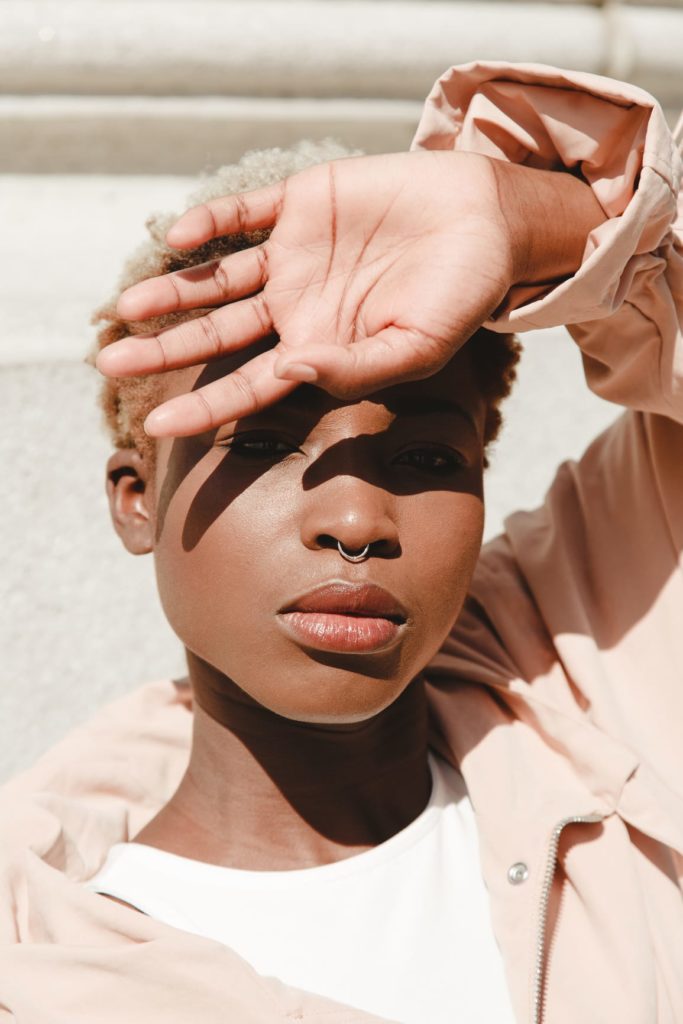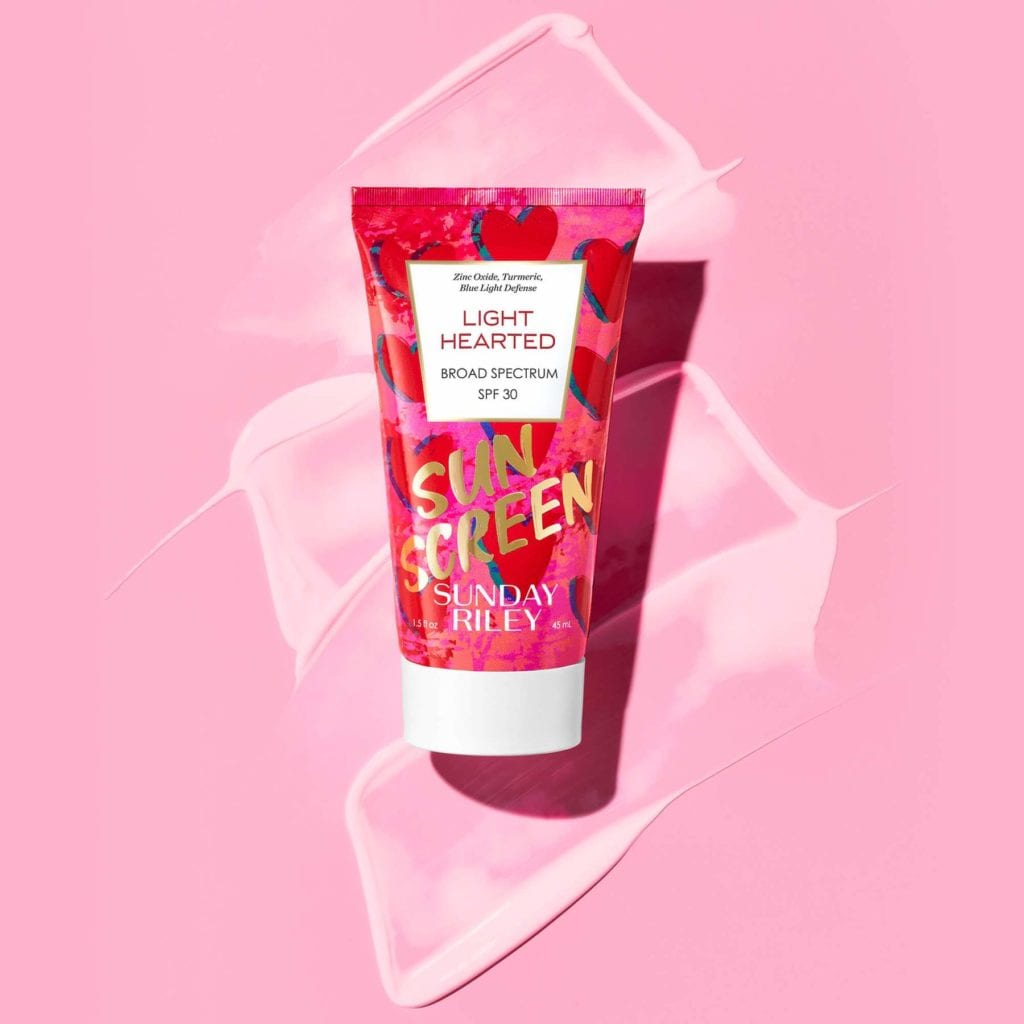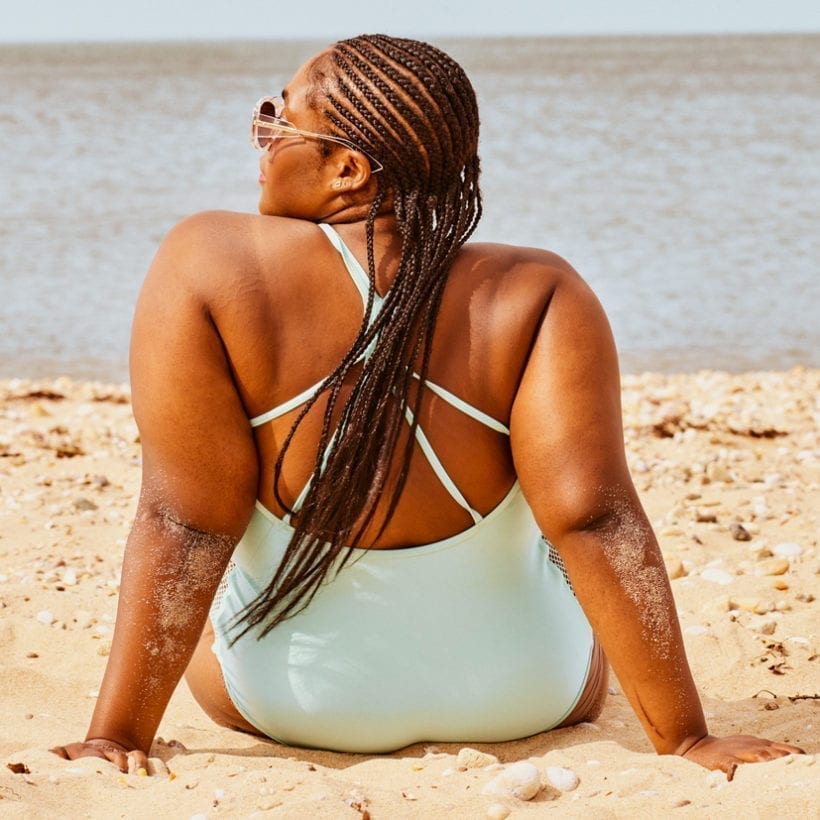As temperatures start to rise, people tend to get sunscreen on the mind. The truth is, we should all be wearing sunscreen every single day (regardless of the time of year, the temperature, or the cloud coverage on a given day). But thankfully, once the weather starts to warm up, people tend to get more diligent about protecting their skin from the sun. But on the opposite side of the spectrum, people also start to purposefully spend more time in the sun to tan their skin. If this applies to you, then perhaps you’re wondering how sunscreen plays a role in your summer and spring skincare routine — or how sunscreen even works in the first place. Ahead, we’ve tapped board-certified dermatologist Dr. Ava Shamban to explain everything you need to know about how sunscreen works and whether or not it prevents your skin from tanning.
How Does Sunscreen Work?
Sunscreens are categorized into two different formulation types that each work differently to protect your skin from the sun: chemical sunscreens and physical sunscreens.
Physical sunscreens work by physically blocking the sun’s rays from reaching your skin, almost working like a shield. “Physical — also known as mineral sunblock — use two types of sun ‘filters’ for protection from damage: either zinc oxide, titanium dioxide or a combination of both,” says Dr. Shamban. “These formulas are designed to sit on top of the skin to become a physical block for the UV rays.” These formulas tend to be a bit thicker and come in cream or stick formulas (and can sometimes leave a white cast on the skin).
Meanwhile, chemical sunscreens work by absorbing the sun’s rays, rather than blocking them entirely (as is the case with physical sunscreens). “Chemical sunscreens on the other hand use chemical compounds as their active ingredients, which penetrate through the top layers of the skin interacting with the skin cells and intervene intradermally,” says Dr. Shamban. “They act as cellular filters, absorbing the UV rays before they can cause any actual damage to the skin.” Chemical sunscreen formulas tend to be thinner and clearer, which makes them easier to blend without a white cast on melanated skin. Most people prefer the texture of chemical sunscreens, but they’re no more or less effective than mineral sunscreens when it comes to protecting from the sun.
When it comes to protecting from blue light, however — which is emitted from your screens — one sunscreen type does reign supreme. Unfortunately, chemical sunscreens don’t block blue light, so you’ll need a physical formula or a hybrid formula like Sunday Riley’s Light Hearted, which contains both physical and chemical sunscreens. When in doubt, look for zinc oxide or titanium oxide on the ingredients list if you want to protect your skin from the damaging rays that get emitted from our screens.
Does Sunscreen Prevent You From Tanning?
Because the sun’s rays cause darkening of the skin (among other more serious effects, like skin cancer), and because sunscreen prevents the sun’s rays from affecting your skin, the answer is yes — sunscreens prevent your skin from tanning. But that’s a wonderful thing because tanning is inherently awful for your skin.
Why Is Tanning Bad for Your Skin?
“UVB rays are what makes people become red, burned, or tan,” says Dr. Shamban. The tan is ultimately caused by a reactive production of melanin. What you may think looks healthy is not, it’s your skin actually crying out for help and asking for protection from radiation.

“It is the UVA rays that penetrate into the lower layers of the epidermis and trigger our melanocytes to be active in producing more pigment (i.e. melanin),” she continues. “Exposure to ultraviolet radiation from natural sun or tanning beds causes a cellular change in our DNA. So every single time you ‘tan’ you are increasing risks for skin cancers. The proliferation of the mutated cells can become very serious cancers including melanoma, basal cell carcinoma, and squamous cell carcinoma.”
The risk of skin cancer is the most important reason to wear sunscreen and avoid laying out in the sun to tan at all costs. According to the American Cancer Society, over 5.4 million cases of basal and squamous cell skin cancers were diagnosed last year. The sun — and tanning in the sun — is a serious threat to your health. But there are also aesthetic factors to take into consideration.
“In studies and clinical findings, up to 80 percent of the signs of premature aging are essentially influenced by extrinsic factors, particularly sun exposure,” says Dr. Shamban. “At first, we see some of the visible surface signs like fine lines and wrinkles, dark spots, and texture issues in our skin,” she continues. “Then, longer-term exposure to tanning beds and UV radiation is doing damage at deeper support layers and structure in our dermis as well. The radiation breaks down our collagen and elastin, which cannot be readily replaced (specifically after age 25), causing loss of elasticity in our skin cells and ultimately skin laxity or sagging.”
What to Look For in a Sunscreen

Hopefully, if you’ve made it this far, you understand how important it is to wear sunscreen every day and to avoid laying out in the sun to tan. But perhaps you’re wondering exactly what to look for in a sunscreen formula in order for it to function properly to protect your skin from tanning and other forms of skin damage from the sun.
Recently, dermatologists have come to adopt a golden rule when it comes to choosing the best sunscreen: the best sunscreen is the one you will actually wear.
“Find a formula you love and make sure to reapply often. Daily usage 365 days a year is key, regardless of temperature or season,” says Dr. Shamban. “Stick, powder, cream, spray, or wipe — it’s daily usage that counts.”
With that being said, Dr. Shamban adds that there are a few key factors to look for in a formula. For starters, look for a formula labeled as broad-spectrum, which will protect you from both UVB and UVA rays. “The American Academy of Dermatology also recommends at least an SPF 30 — and I also recommend the same to my patients,” she says. “30 to 50 is the sweet spot. There is really not much difference at all between 50 and above 50. You have ample protection and it gets the job done in that range. But most of all, look for a formula you will wear consistently.”
The Takeaway
Sunscreens can be divided into two different formula types: chemical sunscreens and physical sunscreens. Each formula works a bit differently to protect your skin from the sun, but both are effective, so you should reach for whichever formula type you enjoy the most (so that you’ll wear it every single day). Regardless of formula type, both formulas do prevent tanning, but that’s a good thing — laying out in the sun is not only terrible for your skin but also serves as a catalyst for premature aging. (Only sunscreens that contain physical blockers, however, like zinc oxide and titanium dioxide, will block out blue light waves from your screens.) Avoid the sun as much as possible (even when you’re indoors) and always remember that tanning is a bad thing for your skin and overall health — sunscreen is a good thing for your skin and overall health.








